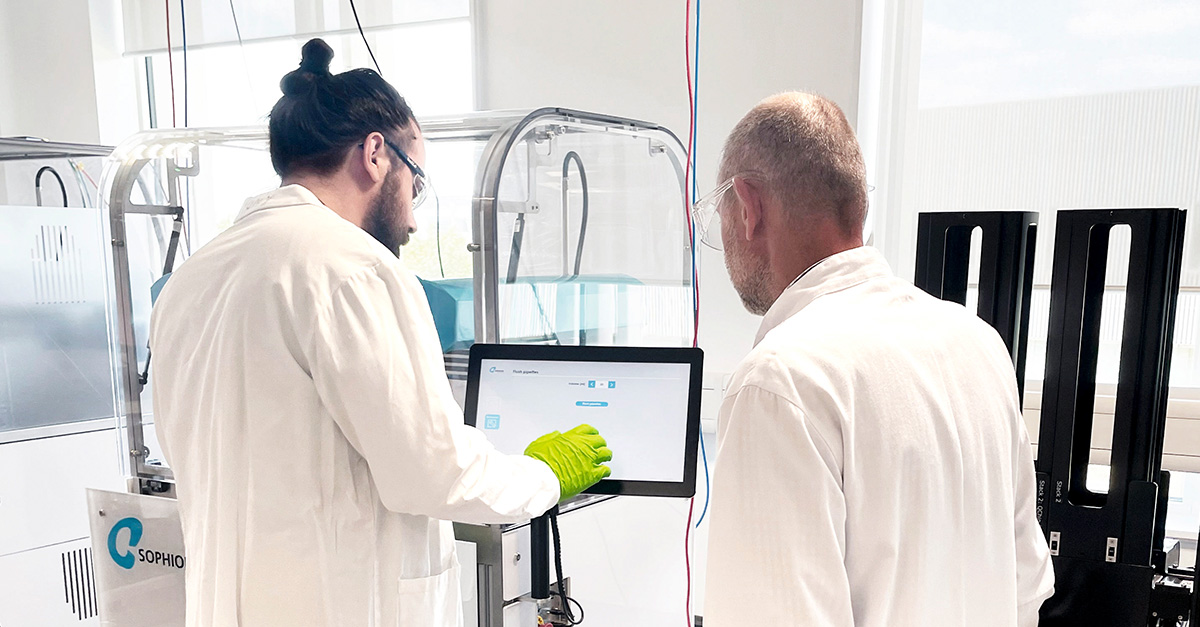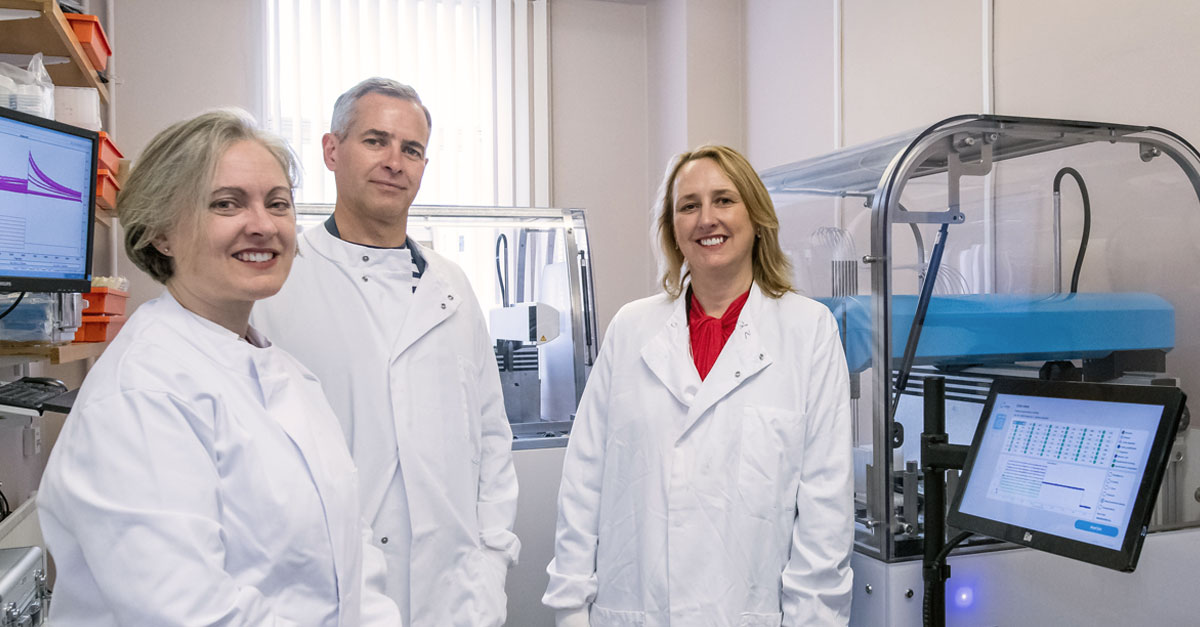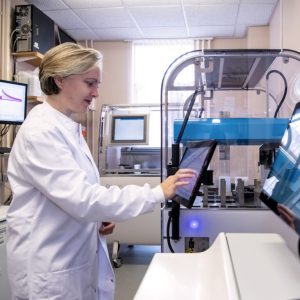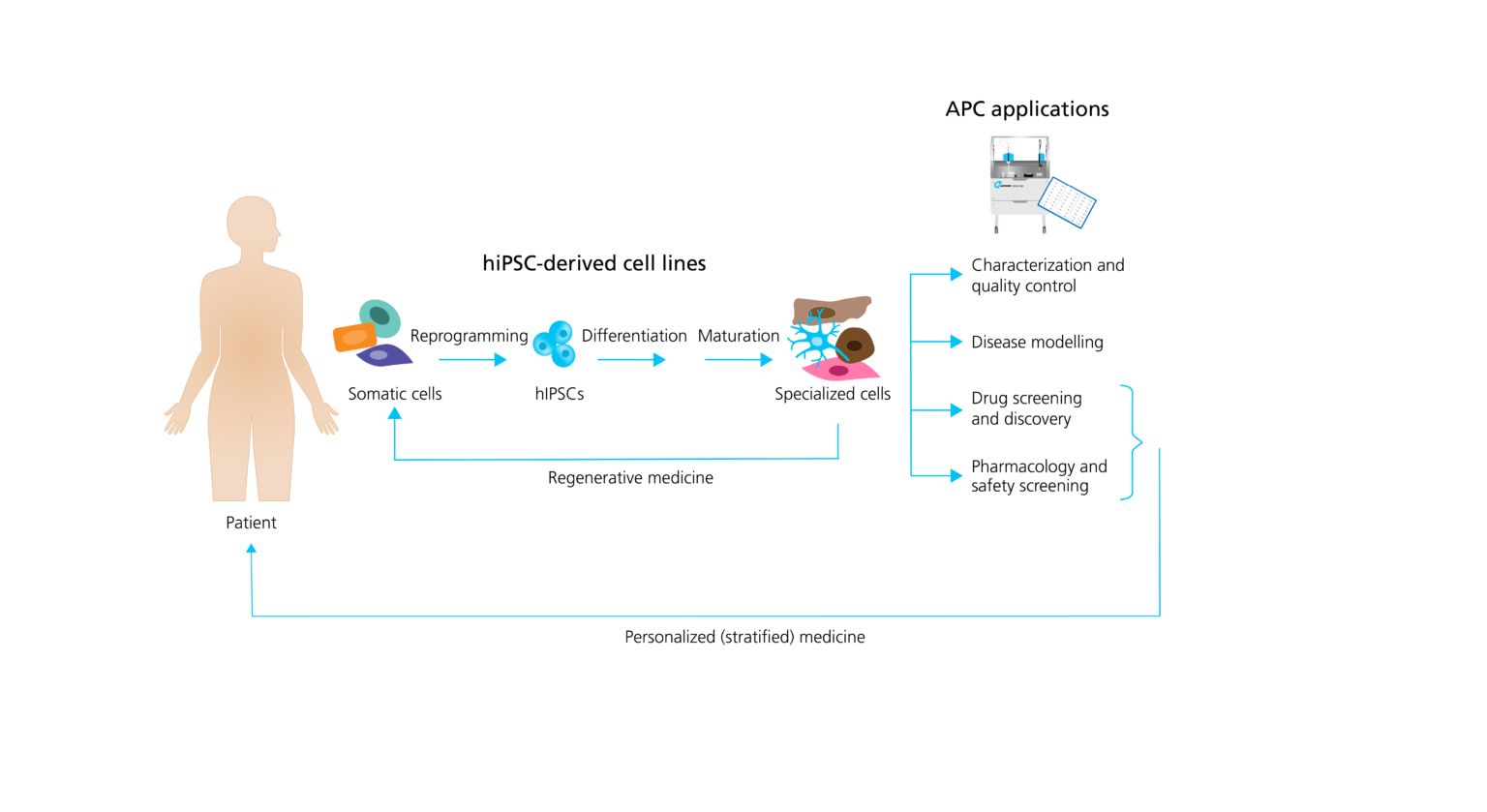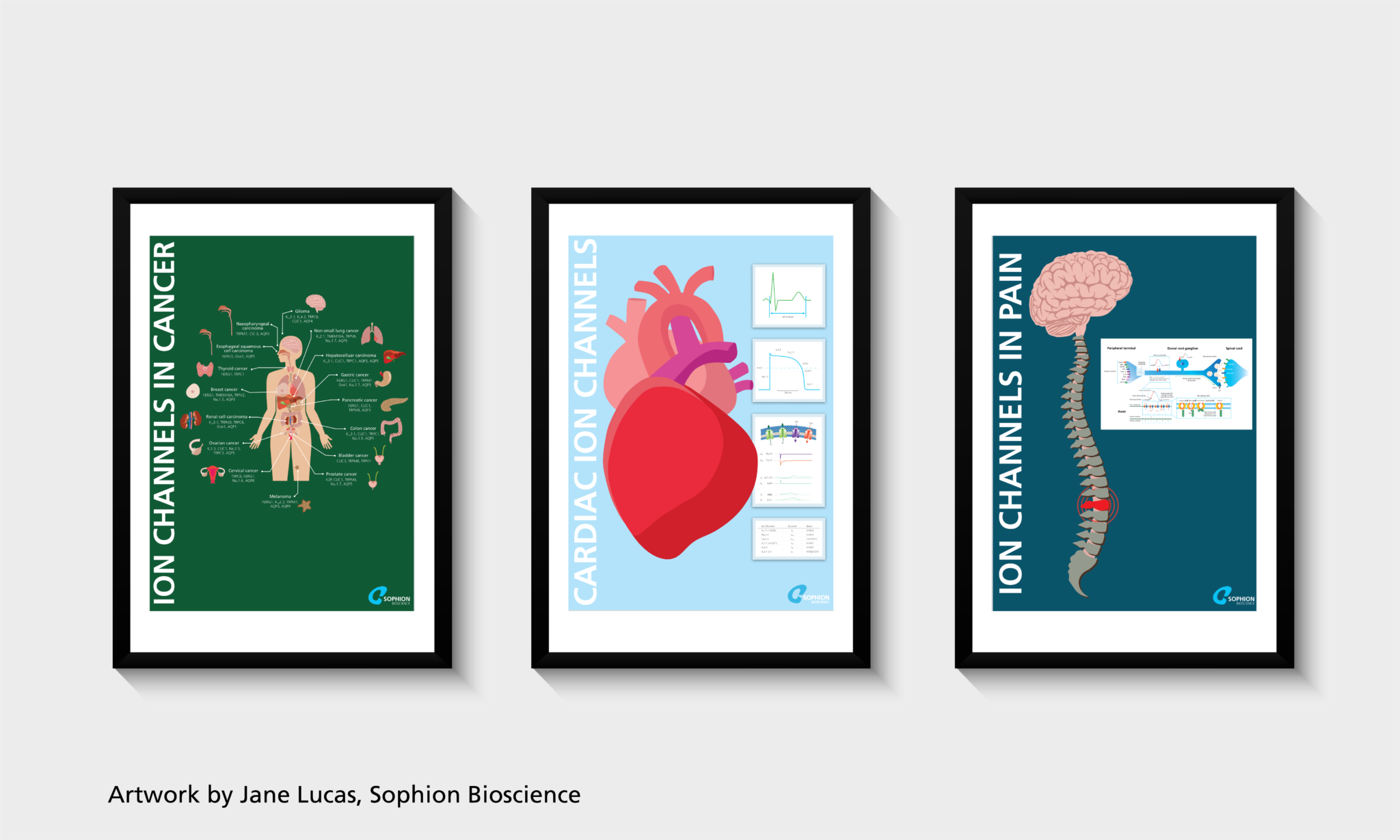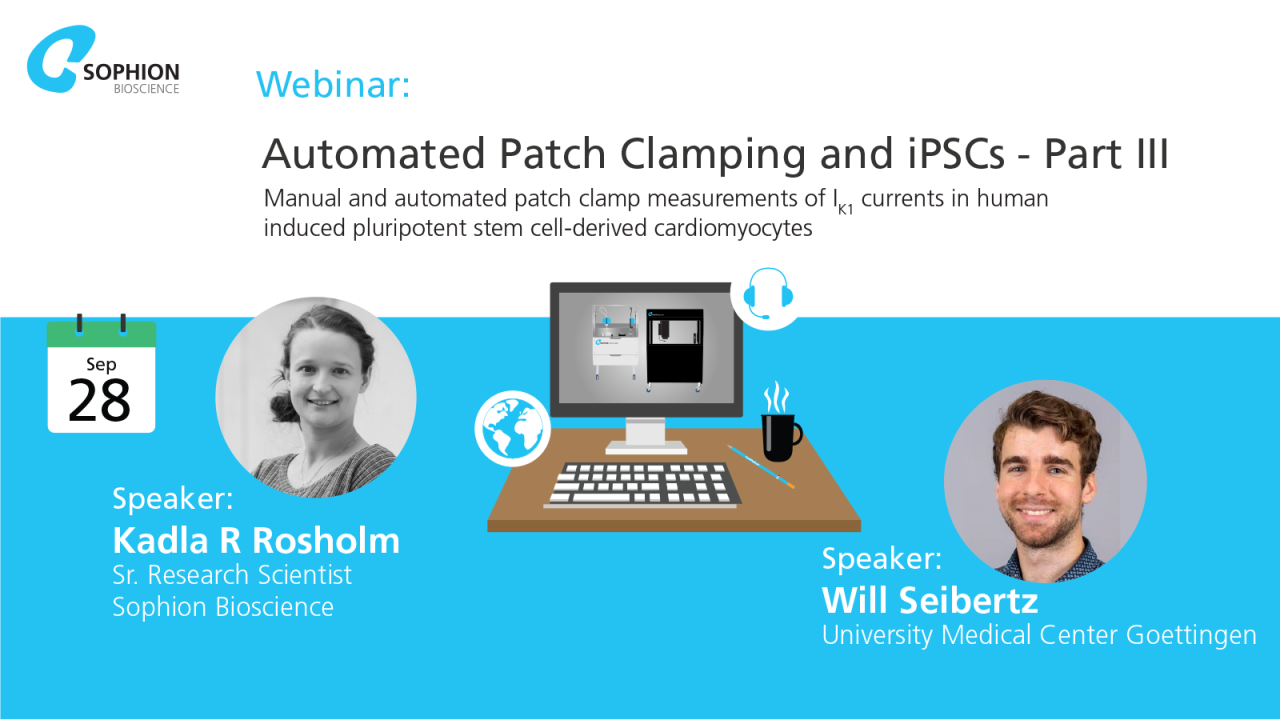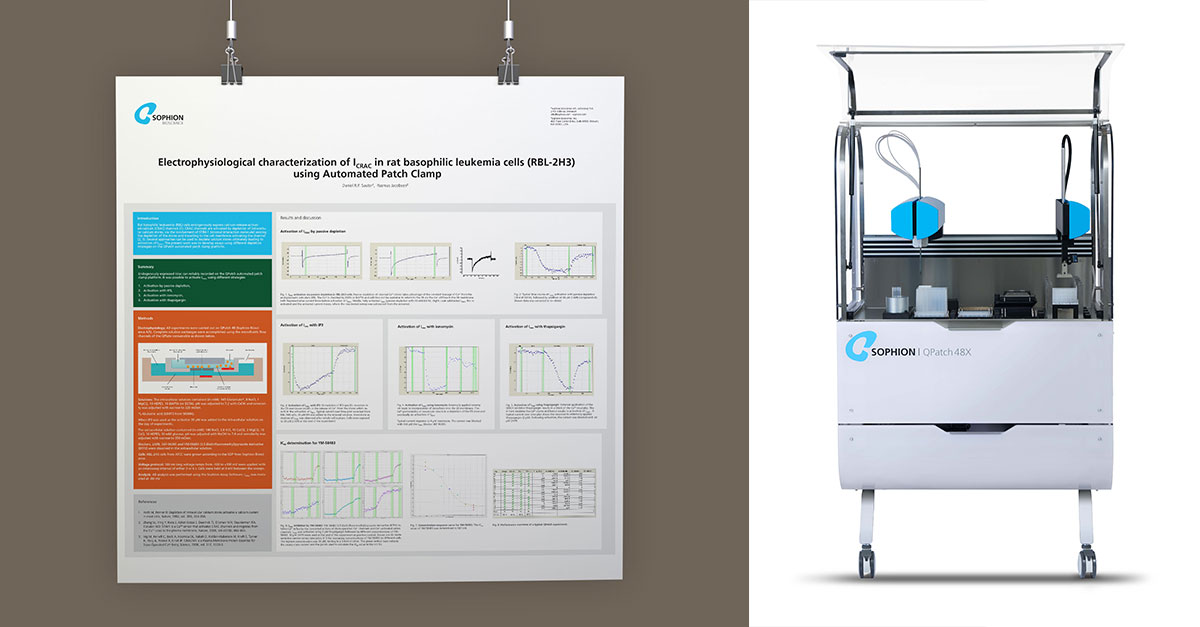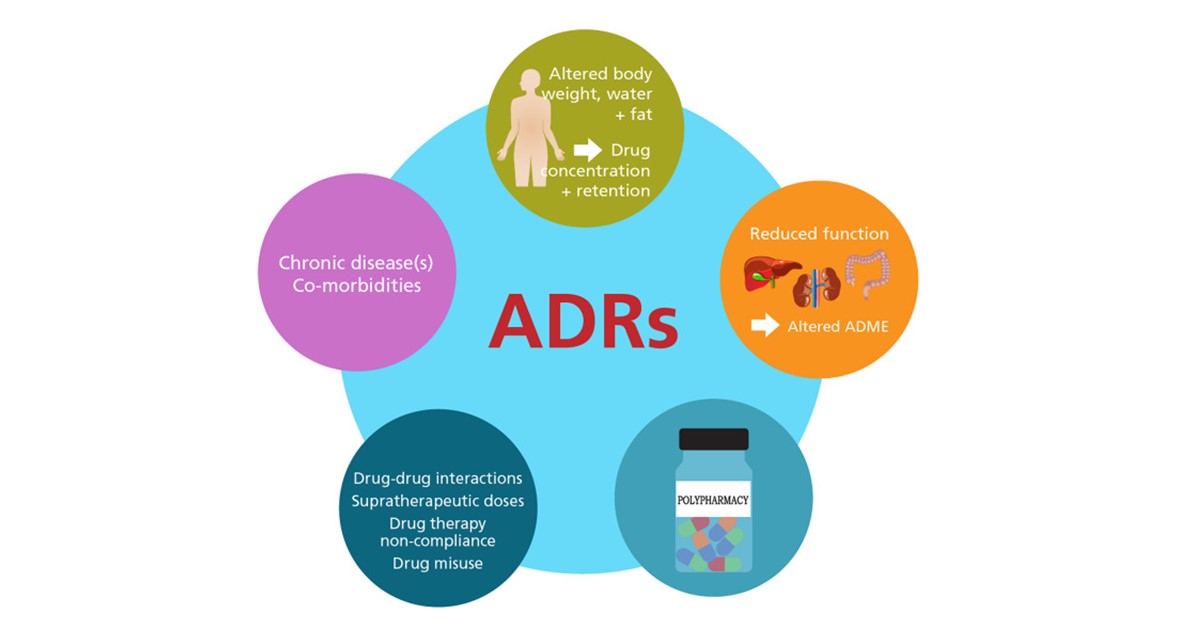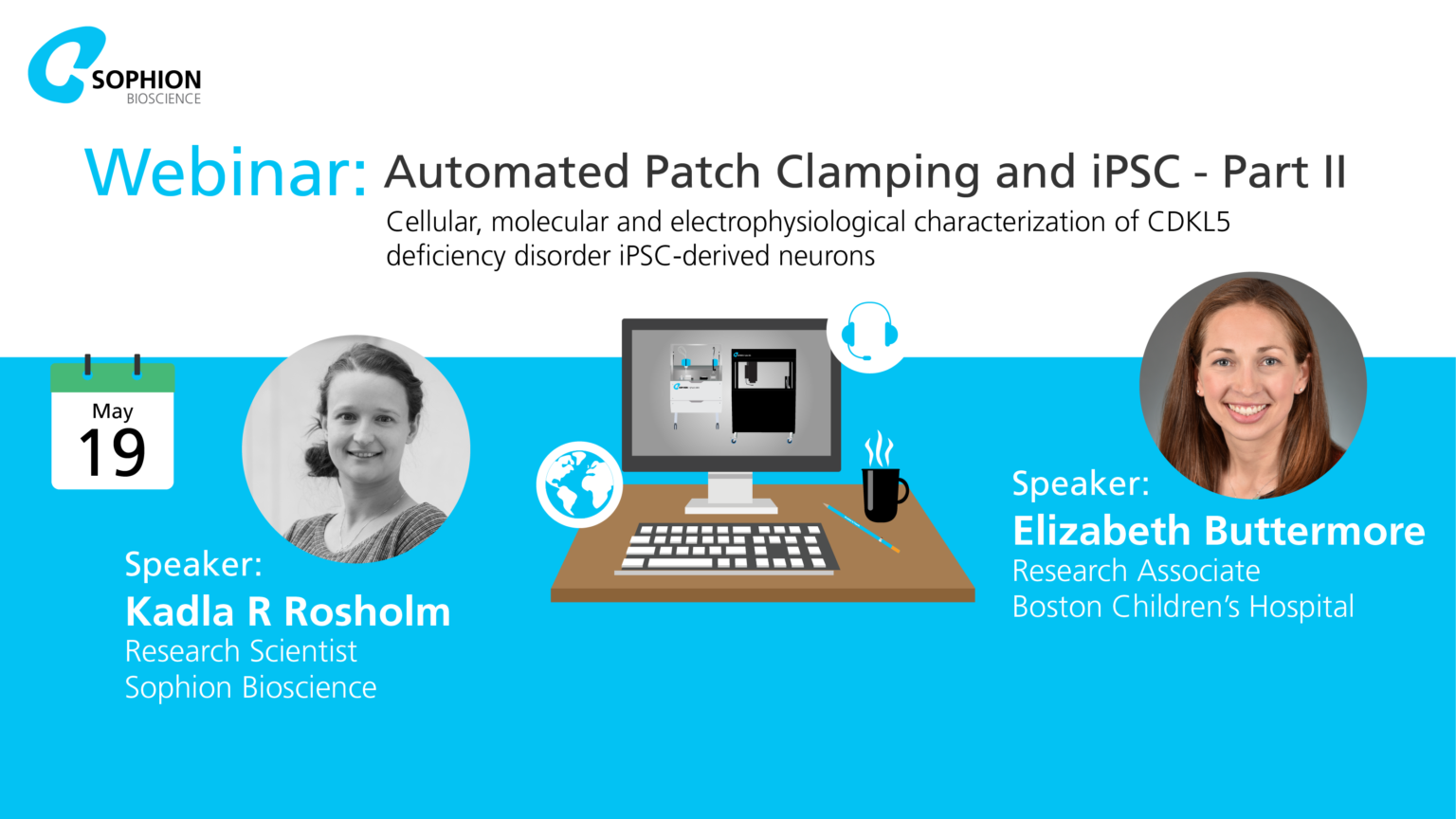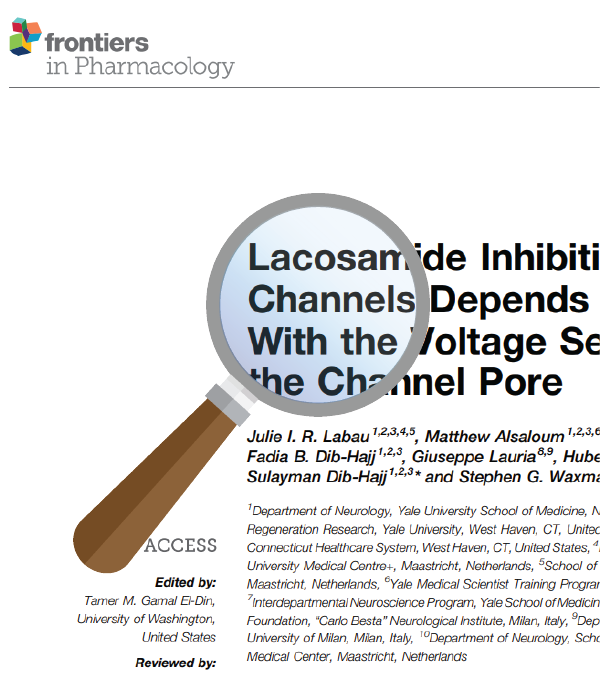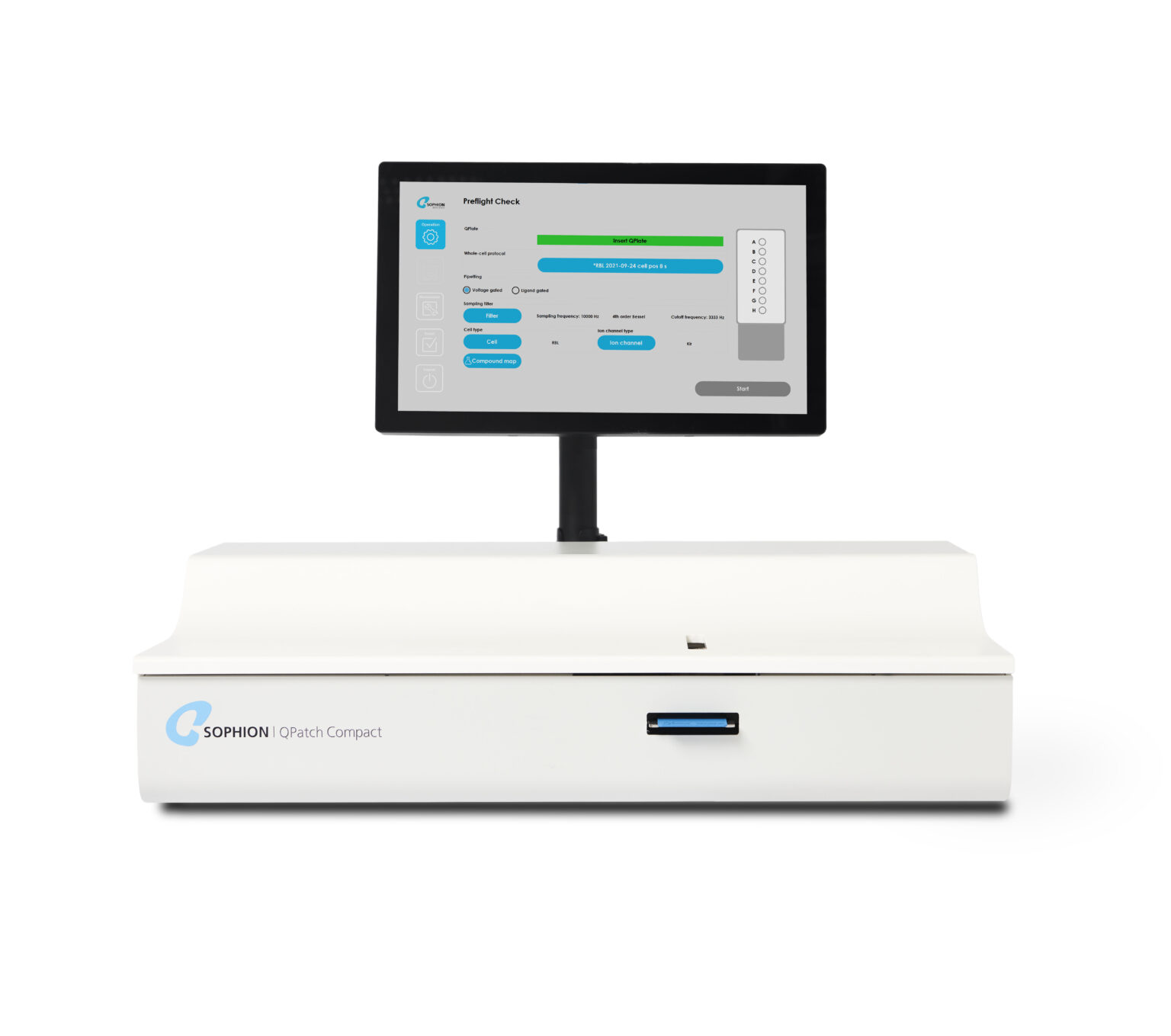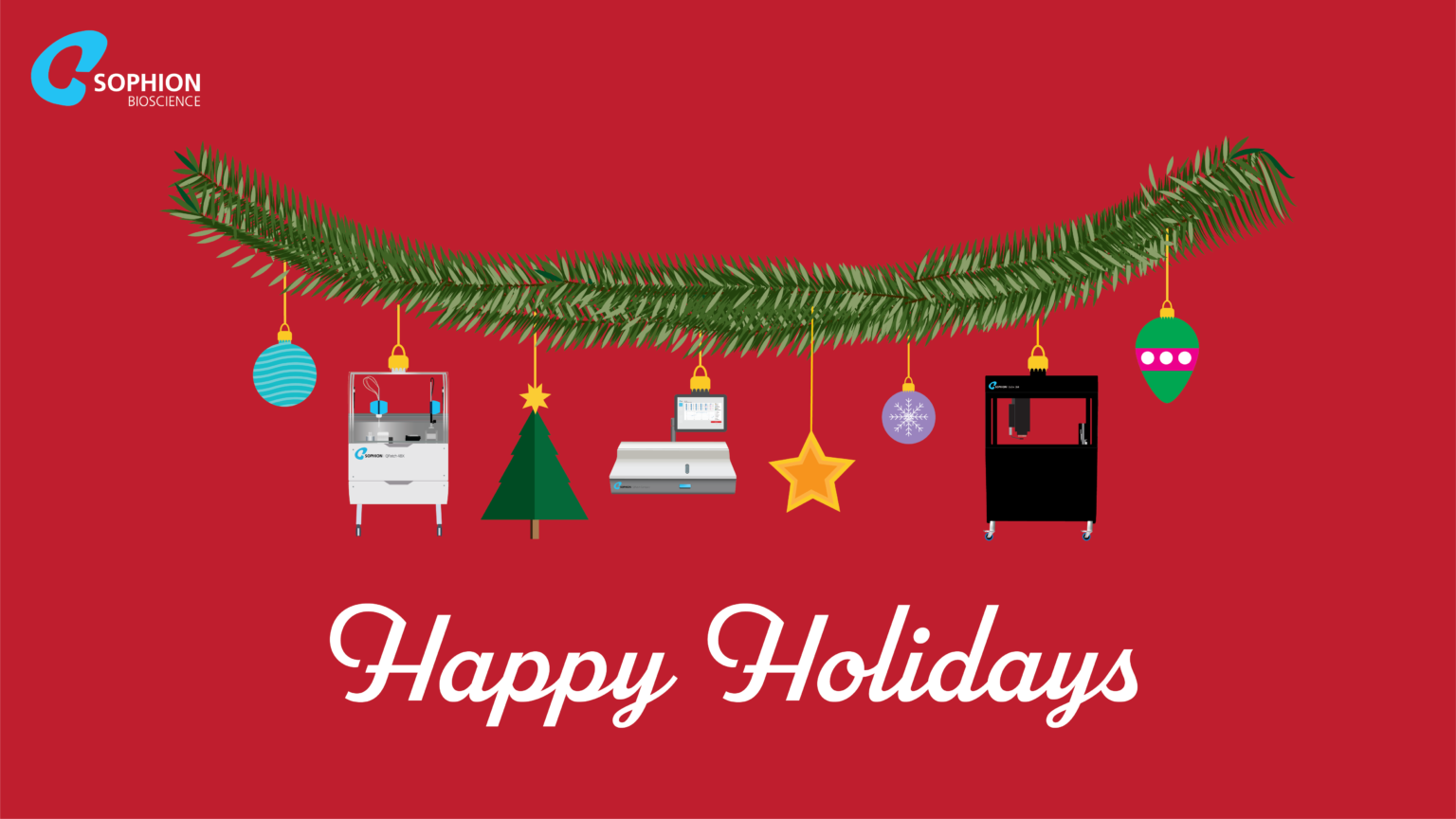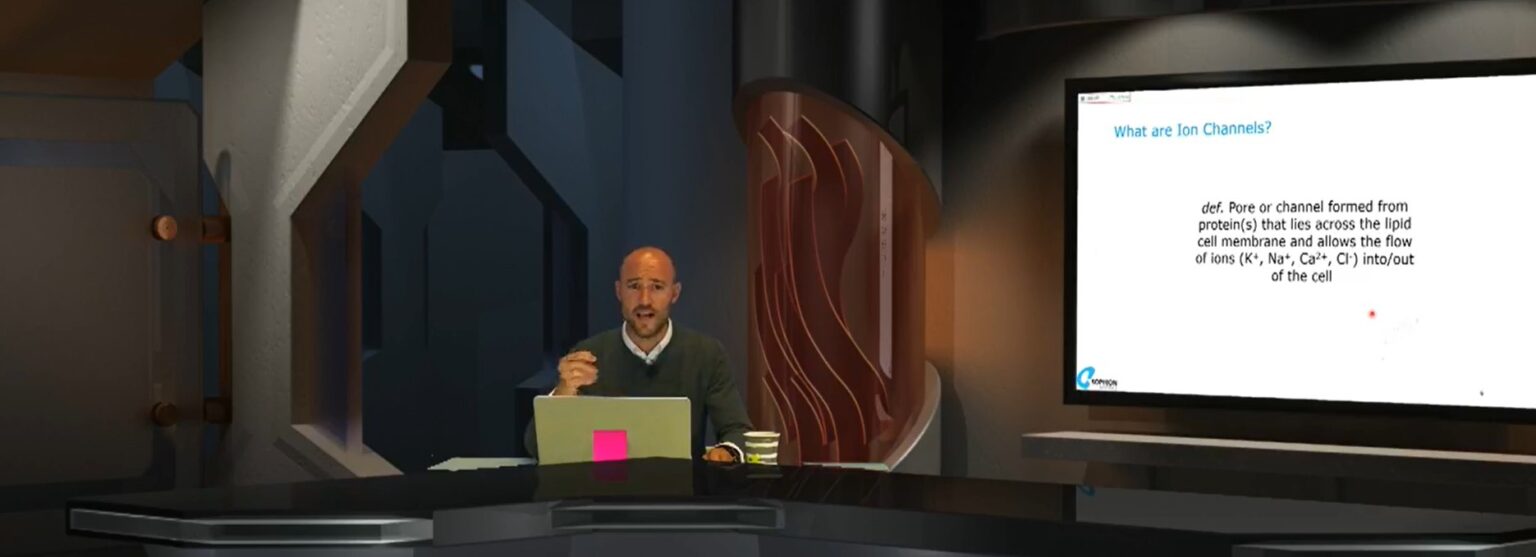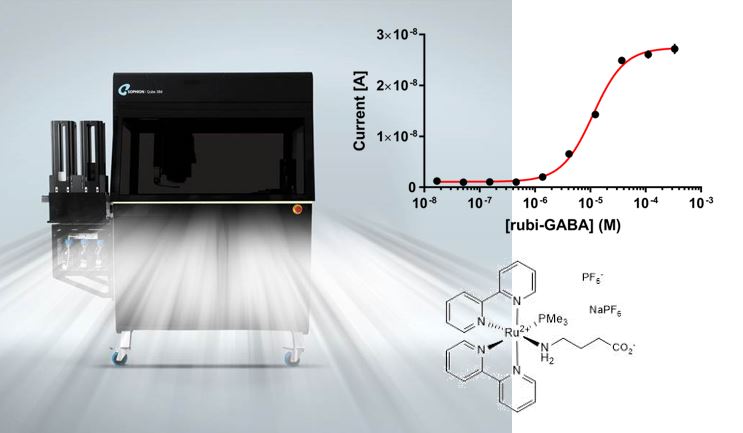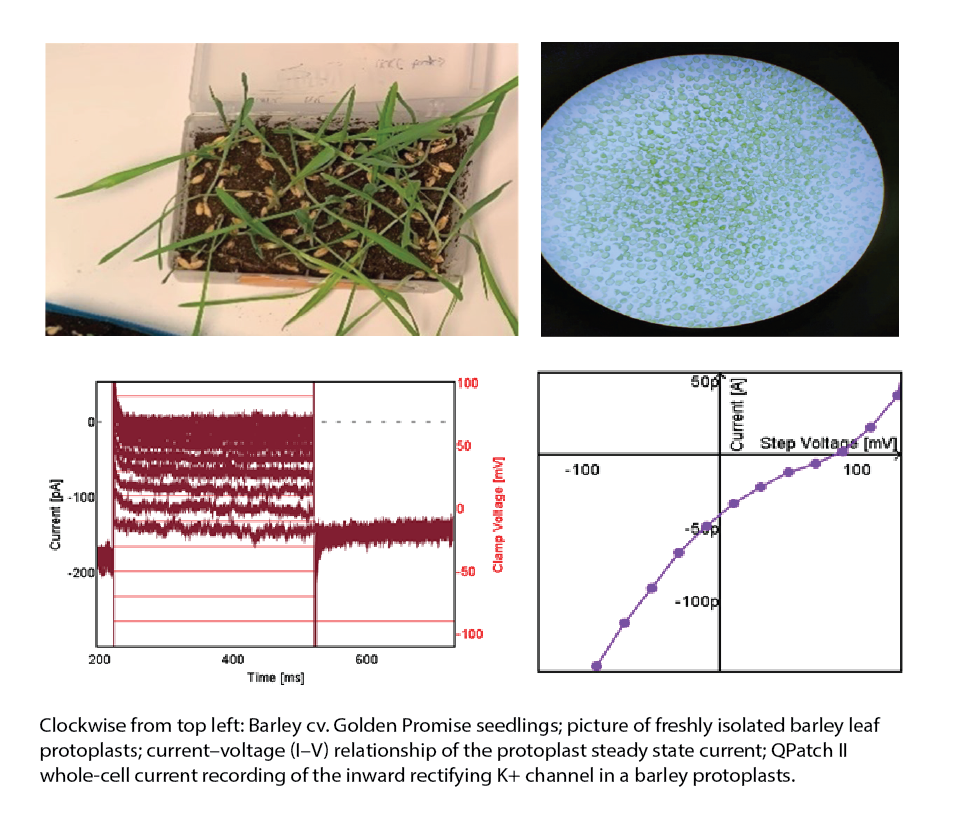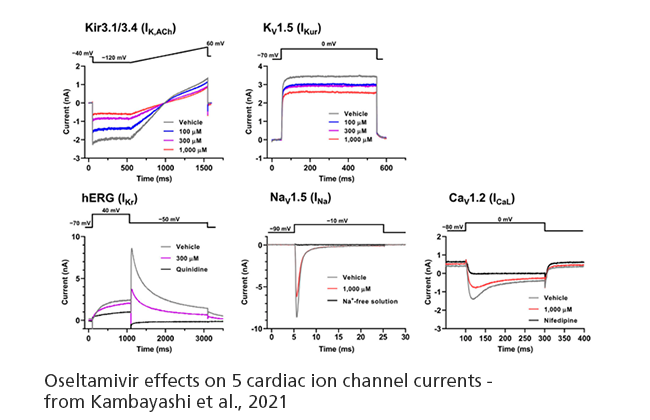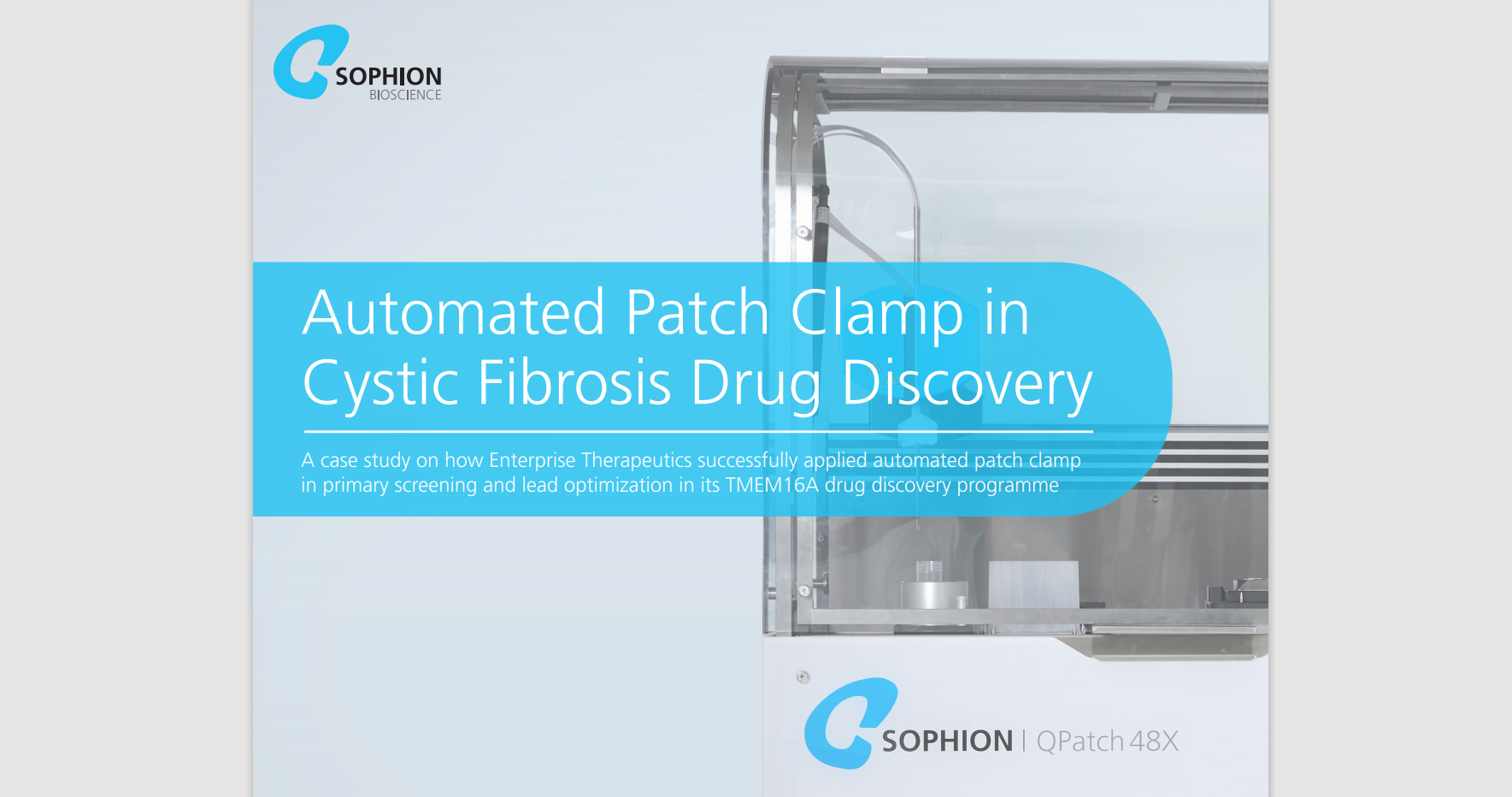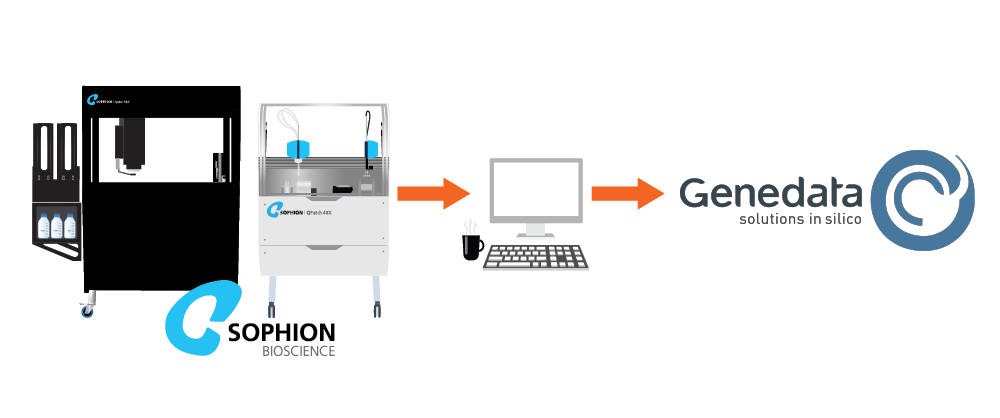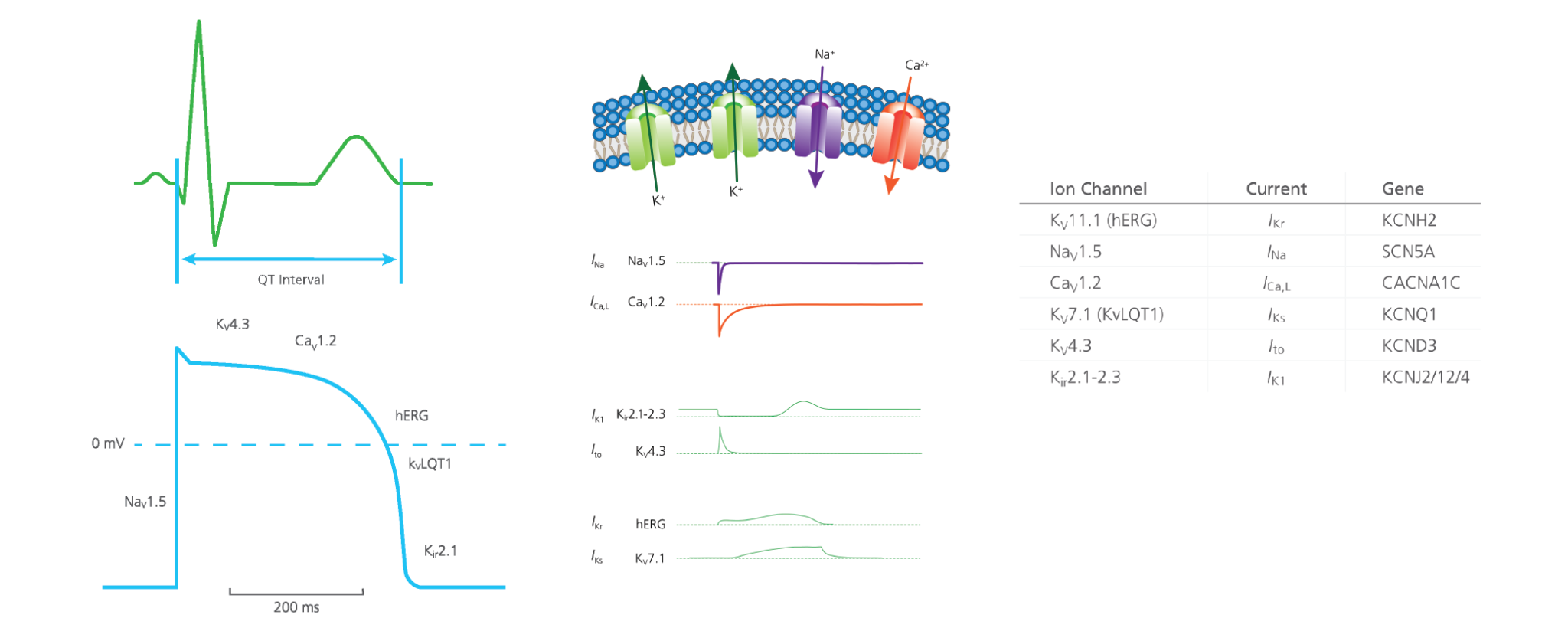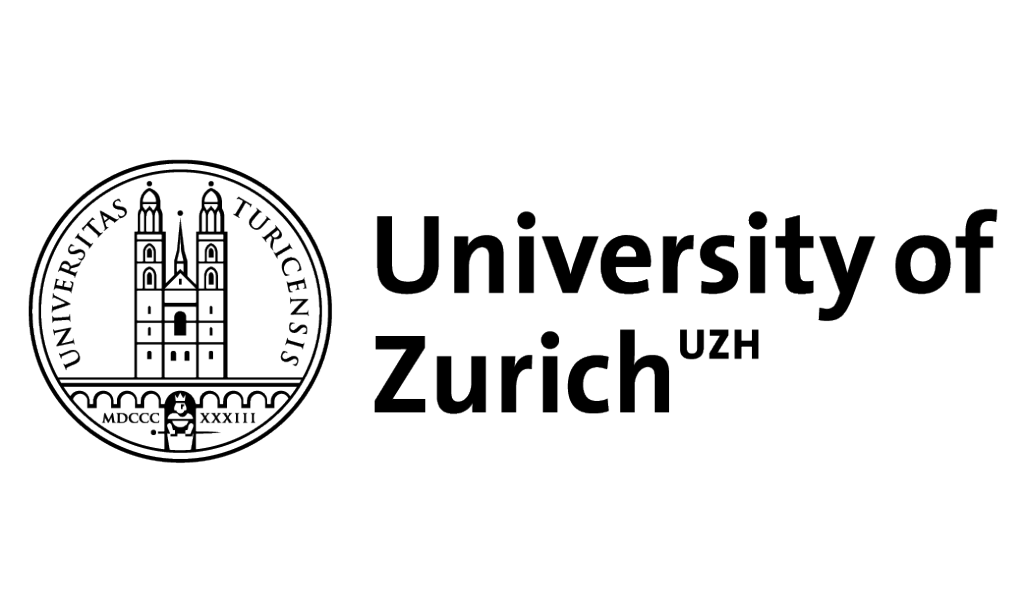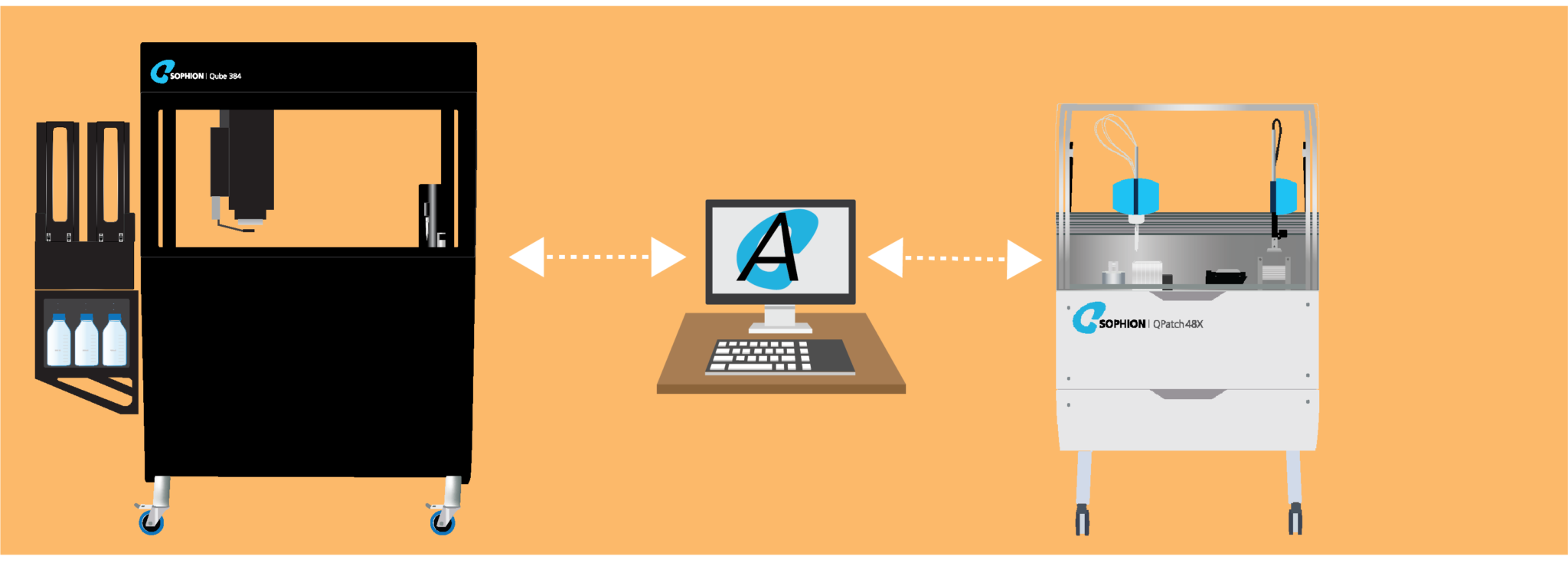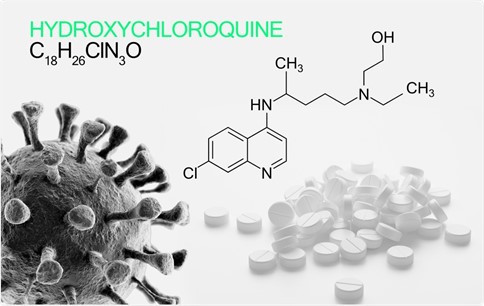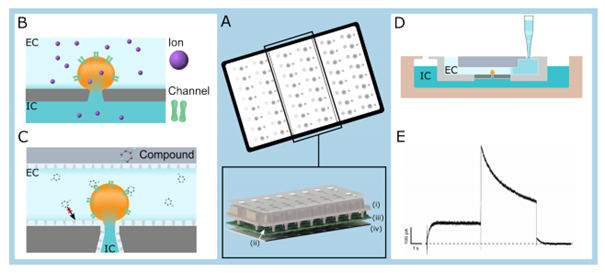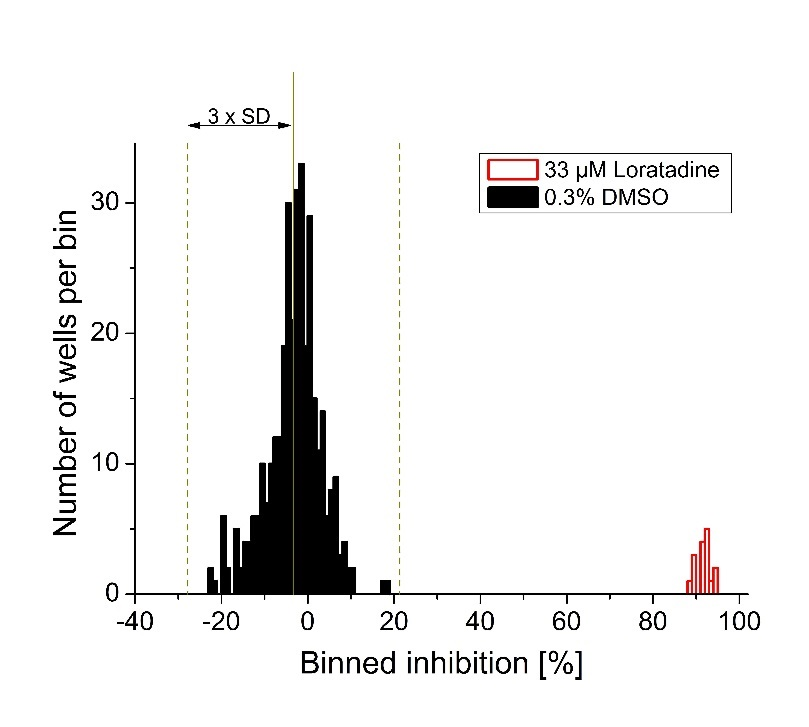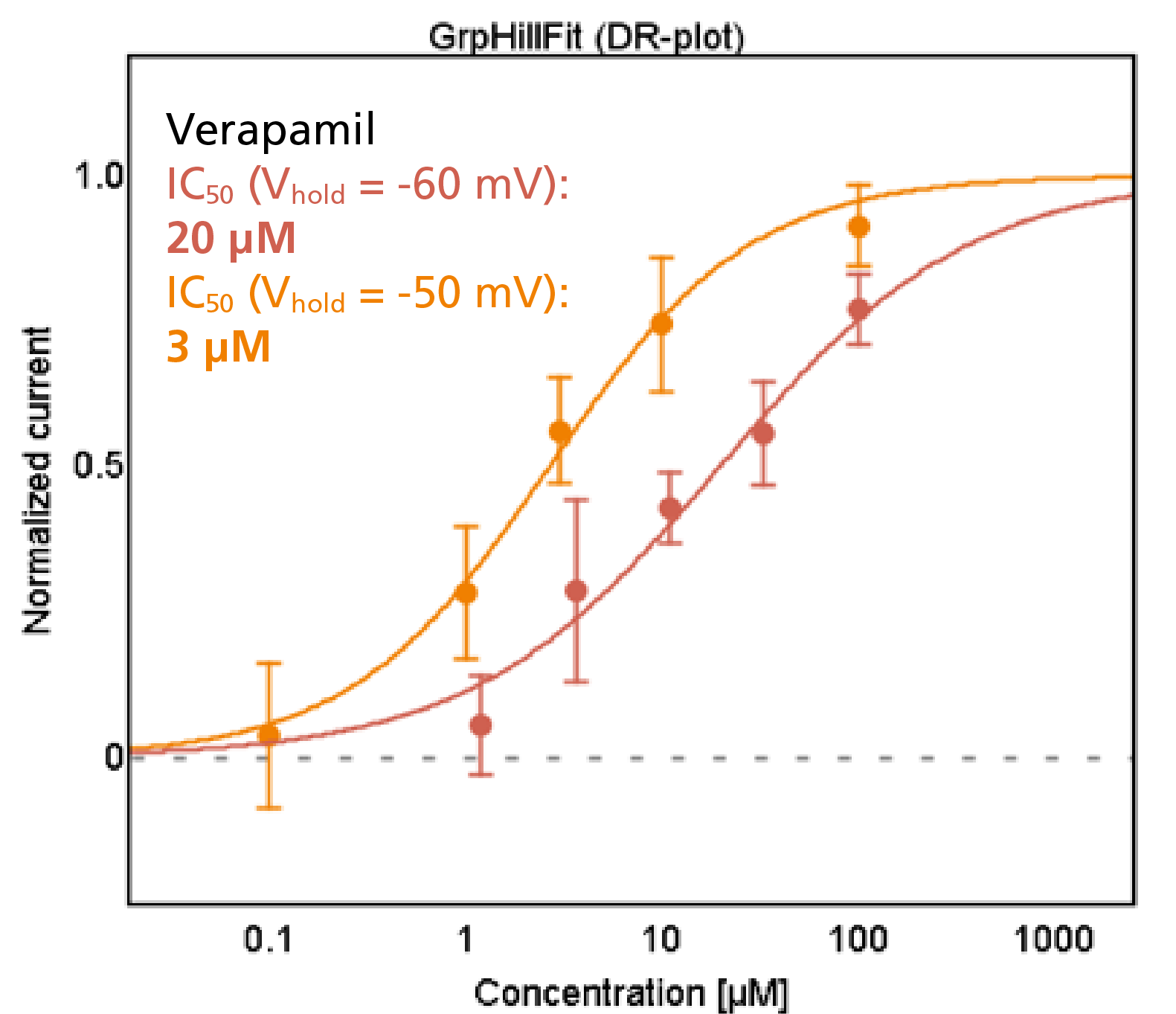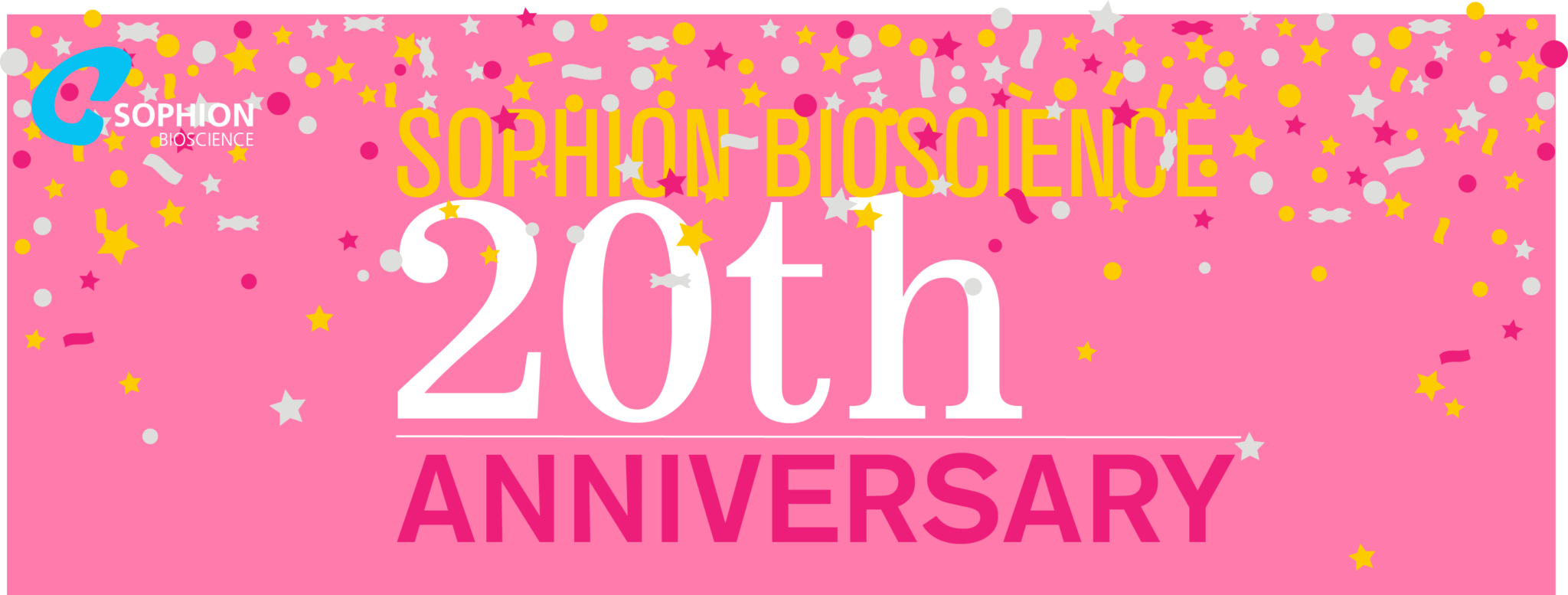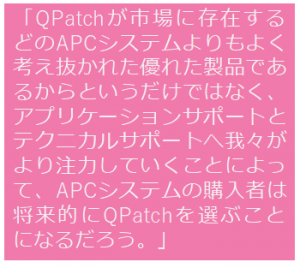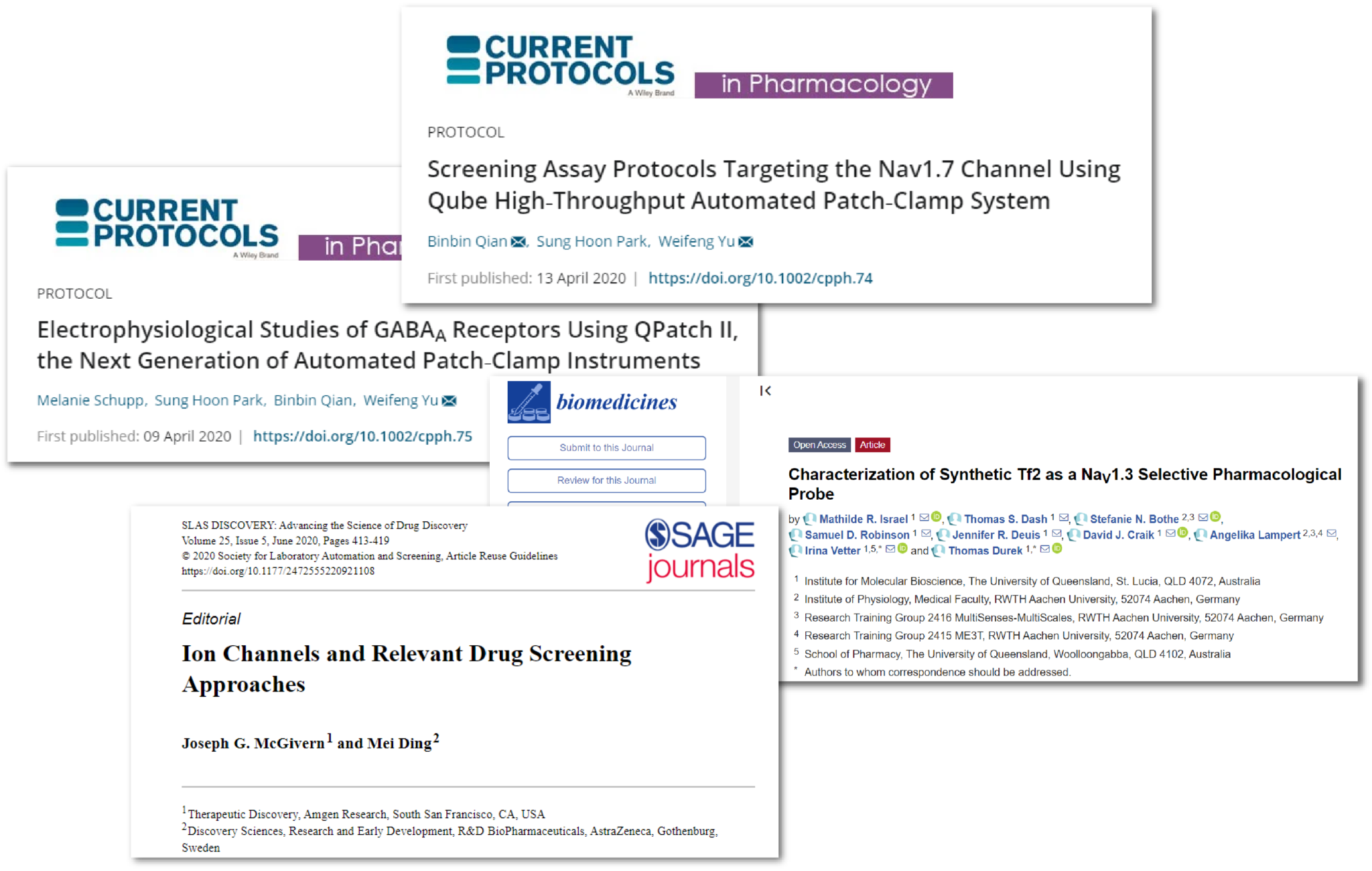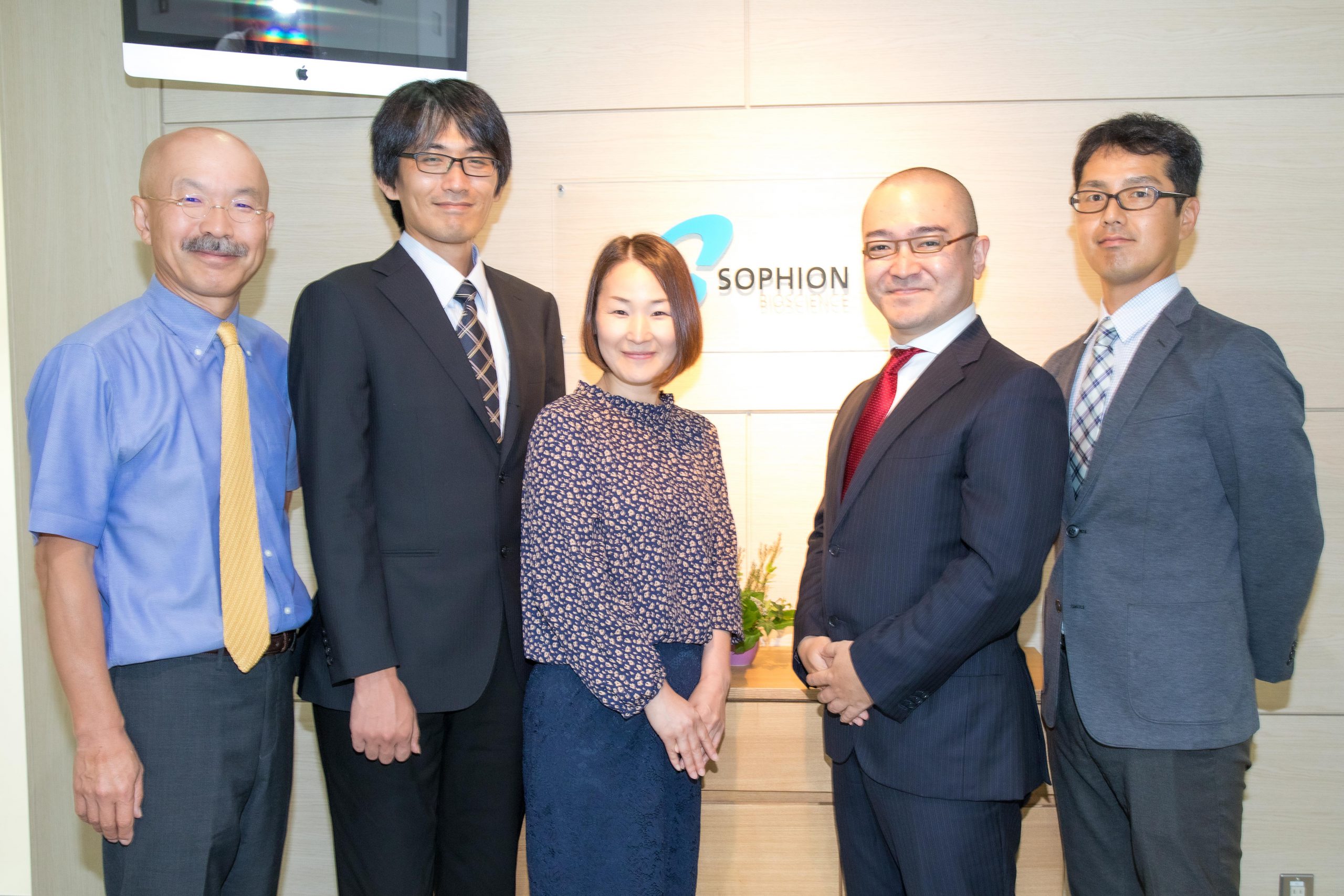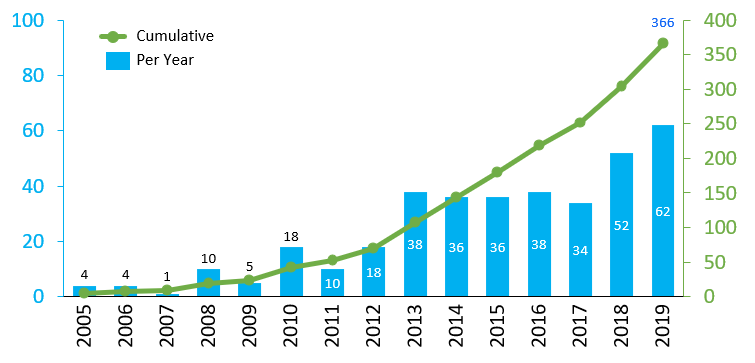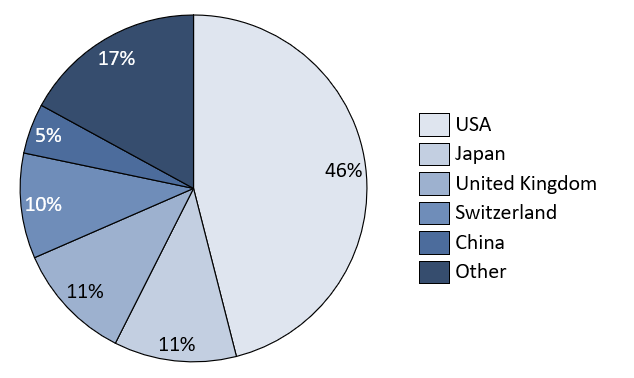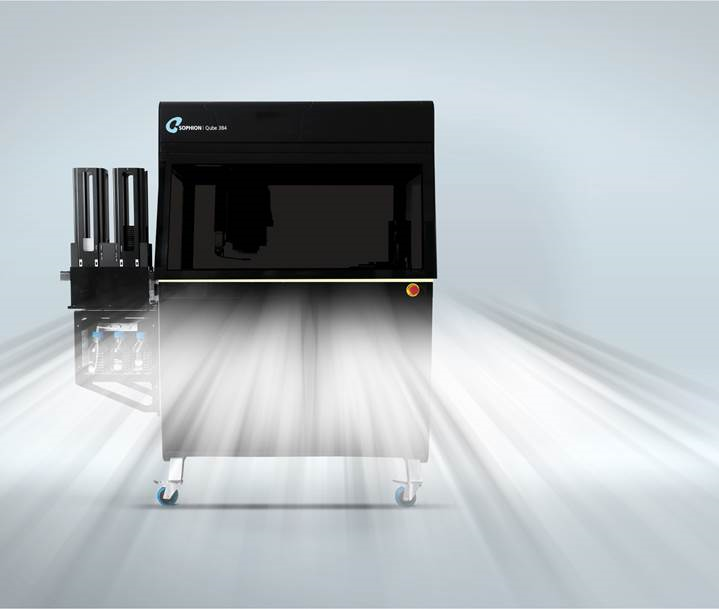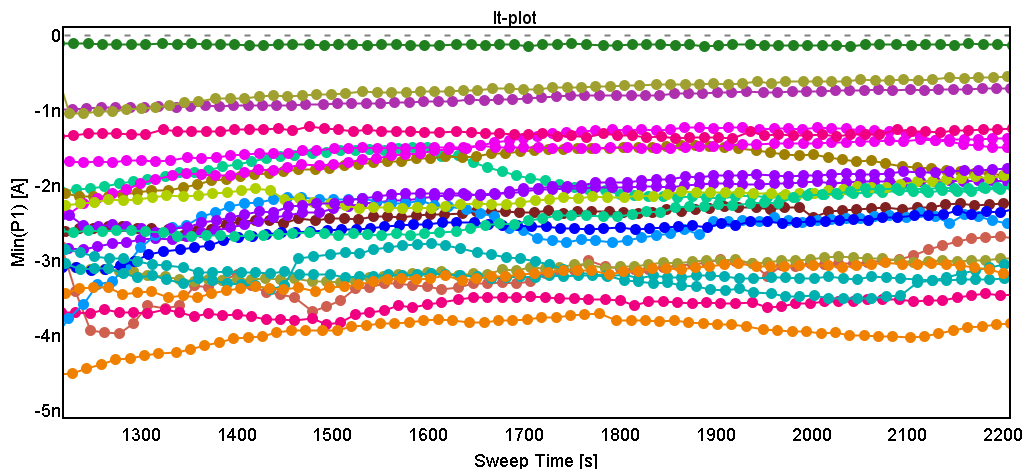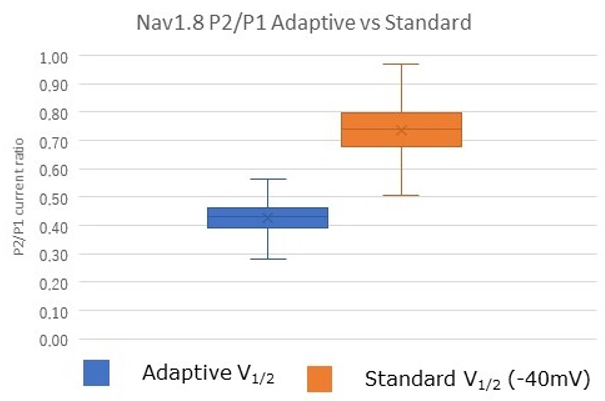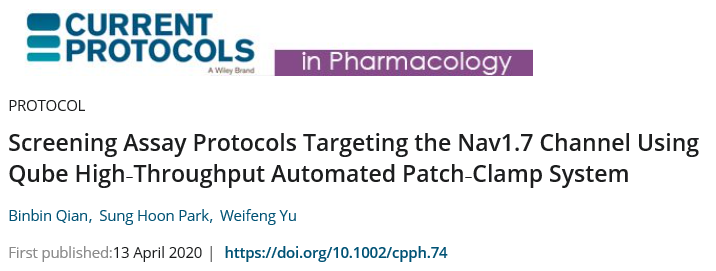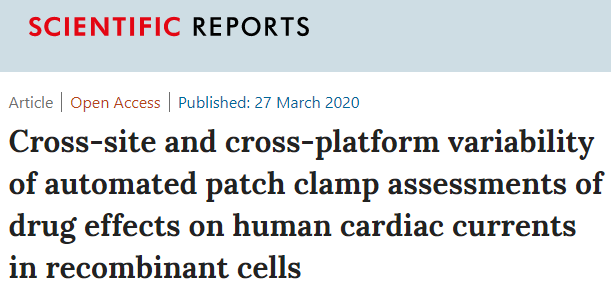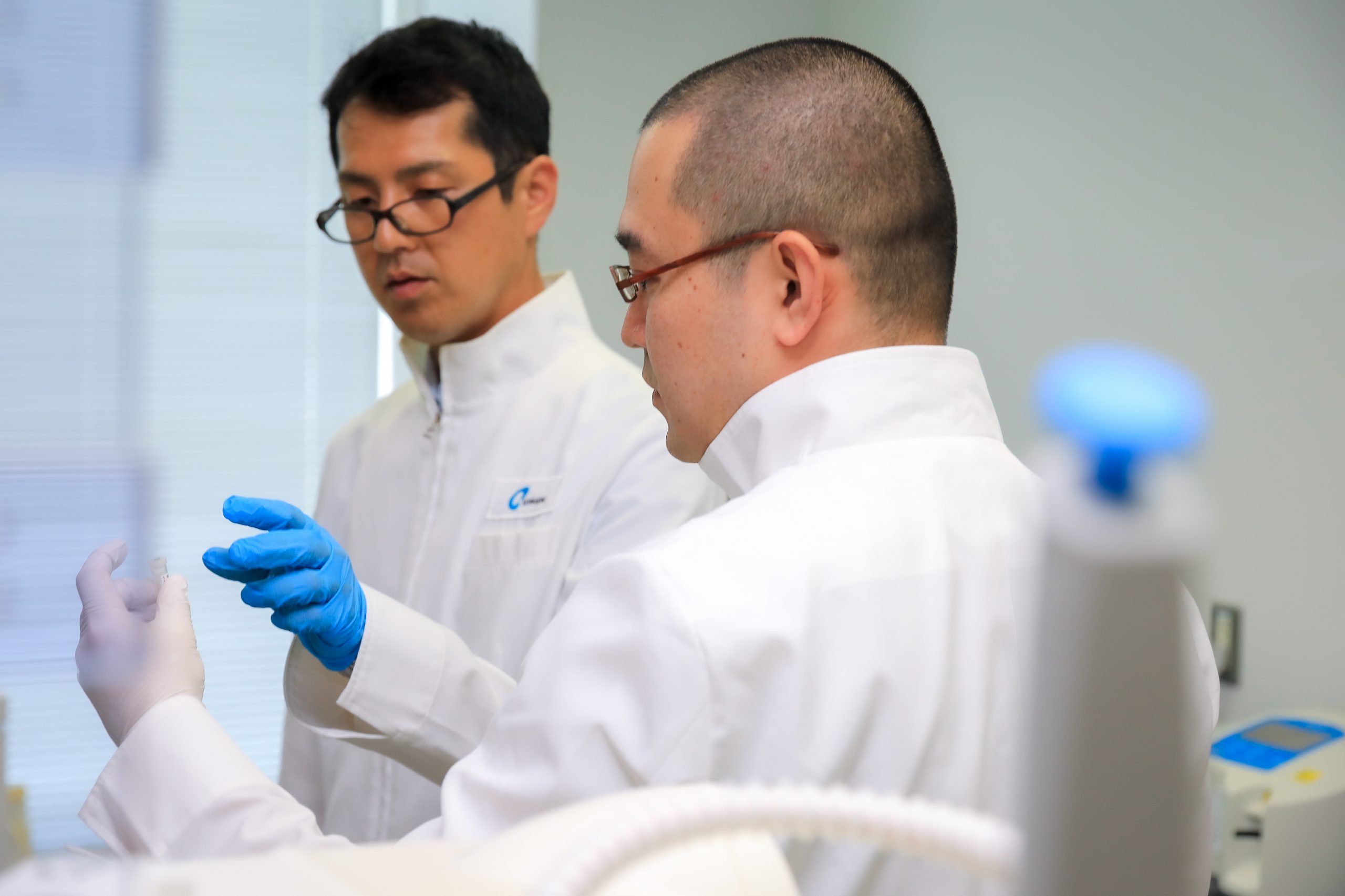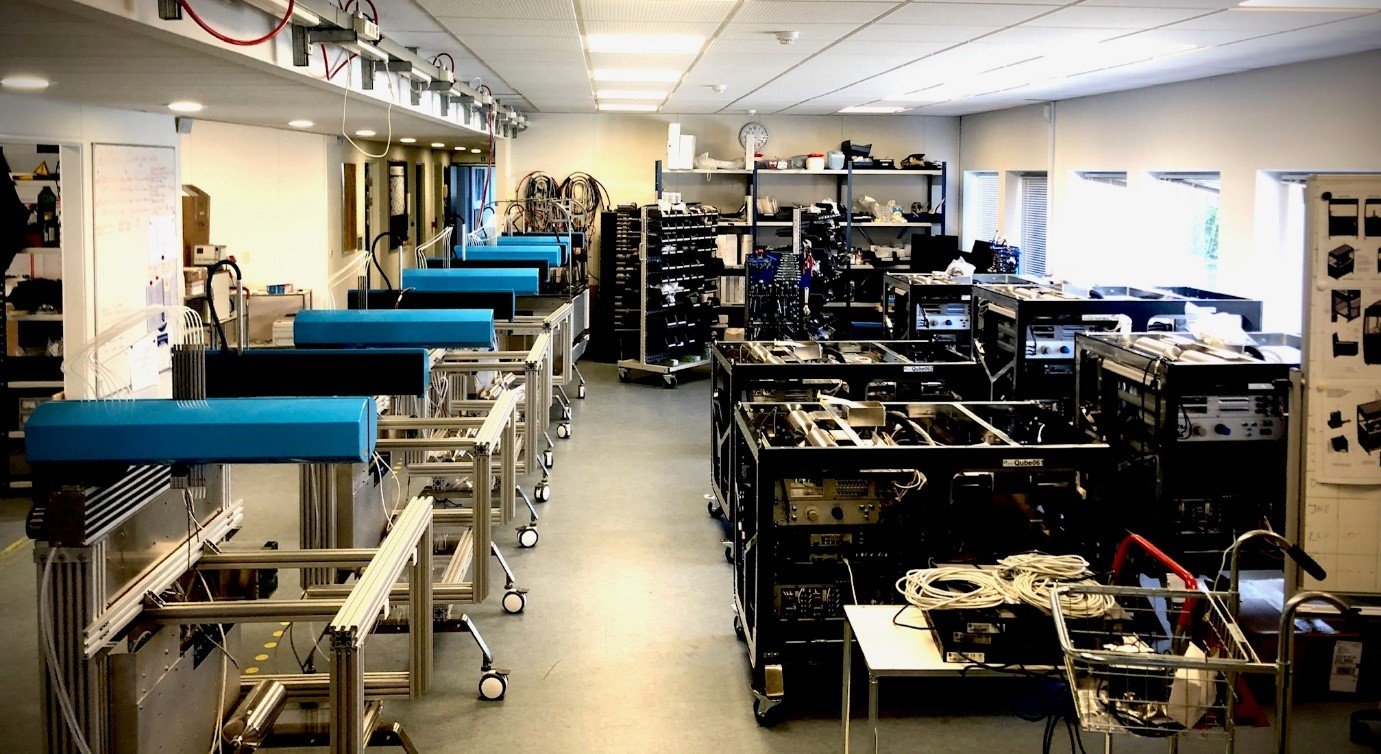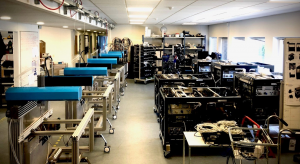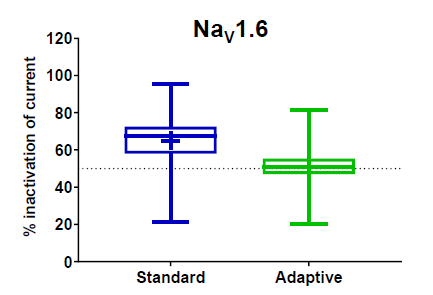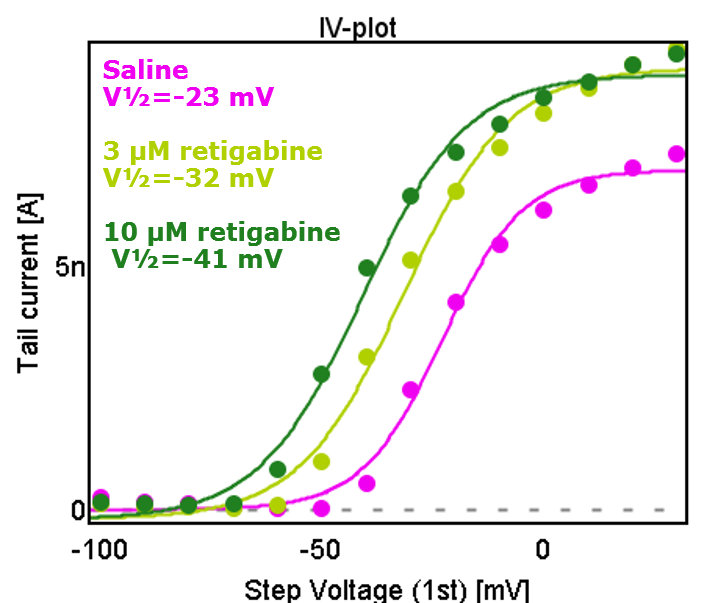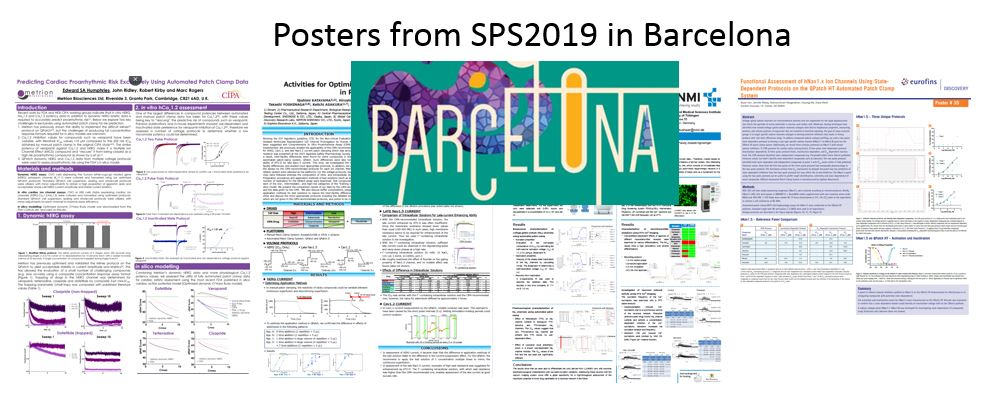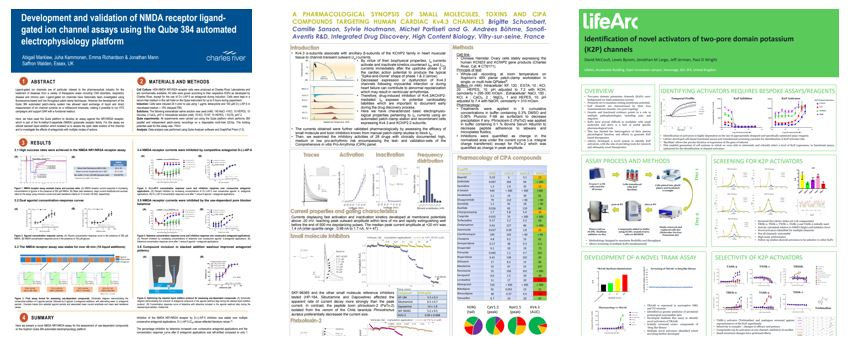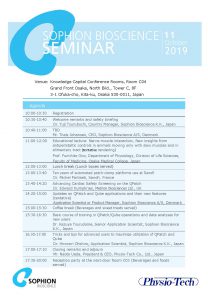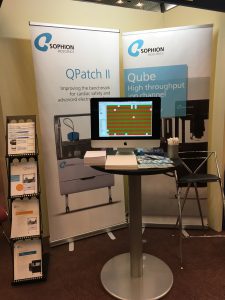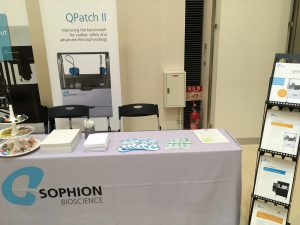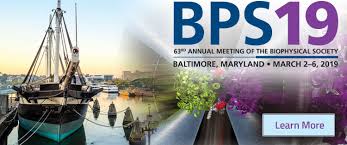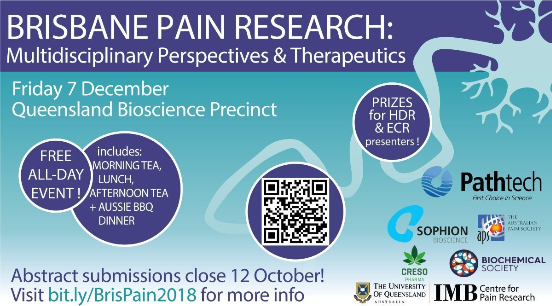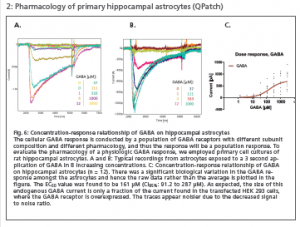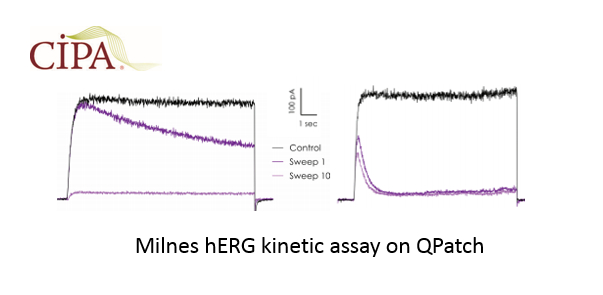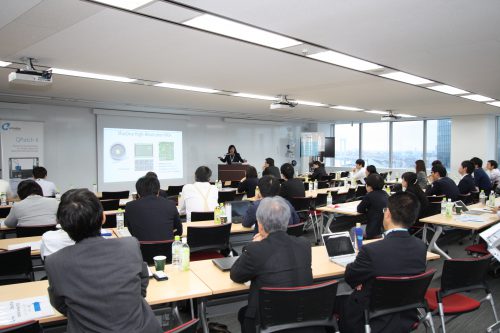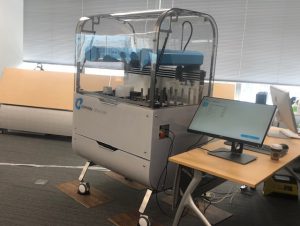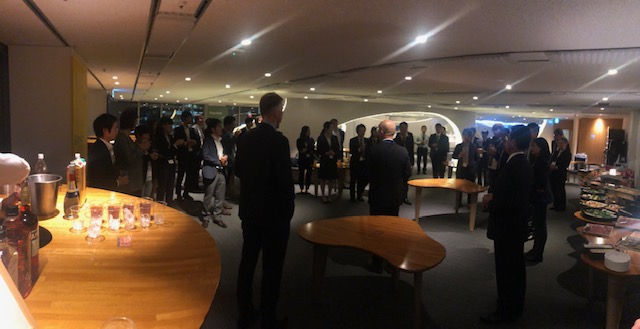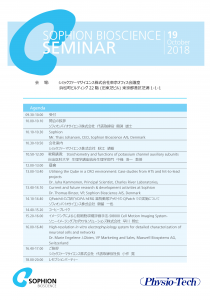21.07.2022

QPatch/Qube 384を用いた45報の論文が2022年上半期に発表されました
QPatchおよびQube 384のユーザーは、この半年間、非常に充実した日々を過ごしています。
- 大規模な産学共同プロジェクトである結核治療薬アクセレータ(TBDA)による論文を含む、結核の創薬に関する論文3報。
- シンガポールの南洋工科大学(NTU)とA*STARも3つの論文を発表しました。例えば、PNASの論文では、ペプチドdalazatideが結合した/結合していないそれぞれの状態におけるKv1.3の美しい低温電子顕微鏡構造が示されています。
- And three more papers from the shared, core APC facility in the University of Queensland on Nav channel pharmacology.
- さらに、クイーンズランド大学の中央共同オートパッチクランプ施設より、Navチャネルの薬理学に関する3つの論文が発表されました。
……他にも多くの論文が出版されています。下記リストよりどうぞご覧ください。
Trovato et al. (2022). Cross clinical-experimental-computational qualification of in silico drug trials on human cardiac Purkinje cells for proarrhythmia risk prediction. Authorea Preprints, 1–25.
Johnson et al. (2022). NBI – 921352, a First-in-Class, Na V 1 . 6 Selective, Sodium Channel Inhibitor That Prevents Seizures in Scn8a Gain-of-Function Mice, and Wild-Type Mice and Rats. ELife.
Lao et al. (2022). Synthesis and biological evaluation of 1,2,4-triazole derivatives as potential Nrf2 activators for the treatment of cerebral ischemic injury. European Journal of Medicinal Chemistry, 236, 114315.
Lake et al. (2022). Neurotoxicity of an Hepatitis B Virus (HBV) Transcript Inhibitor in 13-Week Rat and Monkey Studies. Toxicological Sciences, 186(2), 298–308.
Yue et al. (2022). Novel potent azetidine-based compounds irreversibly inhibit Stat3 activation and induce antitumor response against human breast tumor growth in vivo. Cancer Letters, 534(February), 215613.
Miersch et al. (2022). Synthetic antibodies block receptor binding and current-inhibiting effects of α-cobratoxin from Naja kaouthia. Protein Science, 31(5), e4296.
Tran et al. (2022). Structural and functional insights into the inhibition of human voltage-gated sodium channels by μ-conotoxin KIIIA disulfide isomers. Journal of Biological Chemistry, 298(3), 101728.
Goggi et al. (2022). Imaging Kv1.3 Expressing Memory T Cells as a Marker of Immunotherapy Response. Cancers, 14(5), 1–12.
Taft et al. (2022). Discovery and Preclinical Pharmacology of INE963, a Potent and Fast-Acting Blood-Stage Antimalarial with a High Barrier to Resistance and Potential for Single-Dose Cures in Uncomplicated Malaria. Journal of Medicinal Chemistry, 65(5), 3798–3813.
Ottavi et al. (2022). In Vitro and in Vivo Inhibition of the Mycobacterium tuberculosis Phosphopantetheinyl Transferase PptT by Amidinoureas. Journal of Medicinal Chemistry, 65(3), 1996–2022.
Pitsillou et al. (2022). Identification of novel bioactive compounds from Olea europaea by evaluation of chemical compounds in the OliveNetTM library: in silico bioactivity and molecular modelling, and in vitro validation of hERG activity. Computers in Biology and Medicine, 142(January), 105247.
del Rosario et al. (2022). Histone acetylome-wide associations in immune cells from individuals with active Mycobacterium tuberculosis infection. Nature Microbiology, 7(February).
DiMaggio et al. (2022). Anthracene-Walled Acyclic CB[n] Receptors: in vitro and in vivo Binding Properties toward Drugs of Abuse. ChemMedChem, 17(10), 1–10.
Lu et al. (2022). Discovery of Thieno[2,3- e]indazole Derivatives as Novel Oral Selective Estrogen Receptor Degraders with Highly Improved Antitumor Effect and Favorable Druggability. Journal of Medicinal Chemistry, 65(7), 5724–5750.
Huo et al. (2022). Discovery of pyrimidine-bridged CA-4 CBSIs for the treatment of cervical cancer in combination with cisplatin with significantly reduced nephrotoxicity. European Journal of Medicinal Chemistry, 235, 114271.
Kong, J., & Long, Y. Q. (2022). Recent advances in the discovery of protein tyrosine phosphatase SHP2 inhibitors. RSC Medicinal Chemistry, 13(3), 246–257.
Jiao et al. (2022). Design, Synthesis, and Evaluation of Benzoheterocyclic-Containing Derivatives as Novel HDAC1 Inhibitors. Pharmaceutical Fronts, 04(01), e22–e29.
Li et al. (2022). Structure-Activity Relationship Study of Indolin-5-yl-cyclopropanamine Derivatives as Selective Lysine Specific Demethylase 1 (LSD1) Inhibitors. Journal of Medicinal Chemistry, 65(5), 4335–4349.
Goggi et al. (2022). Imaging Kv1.3 expressing memory T cells as a marker of immunotherapy response. Cancers, 1–15.
Gold et al. (2022). Identification of β-Lactams Active against Mycobacterium tuberculosis by a Consortium of Pharmaceutical Companies and Academic Institutions. ACS Infectious Diseases, 8(3), 557–573.
Tyagi et al. (2022). Rearrangement of a unique Kv1.3 selectivity filter conformation upon binding of a drug. Proceedings of the National Academy of Sciences, 119(5), 1–10.
Tanaka et al. (2022). Discovery of Brain-Penetrant Glucosylceramide Synthase Inhibitors with a Novel Pharmacophore. Journal of Medicinal Chemistry, 65(5), 4270–4290.
Ghovanloo et al. (2022). Inhibition of sodium conductance by cannabigerol contributes to a reduction of dorsal root ganglion neuron excitability. British Journal of Pharmacology, October 2021, 1–21.
Grychowska et al. (2022). Overcoming undesirable hERG affinity by incorporating fluorine atoms: A case of MAO-B inhibitors derived from 1 H-pyrrolo-[3,2-c]quinolines. European Journal of Medicinal Chemistry, 236.
Song et al. (2022). Discovery and Structural Optimization of Toddacoumalone Derivatives as Novel PDE4 Inhibitors for the Topical Treatment of Psoriasis. Journal of Medicinal Chemistry, 65(5), 4238–4254.
Faria et al. (2022). Environmental levels of carbaryl impair zebrafish larvae behaviour: The potential role of ADRA2B and HTR2B. Journal of Hazardous Materials, 431(February).
Dorado et al. (2022). Discovery and Evaluation of Novel Angular Fused Pyridoquinazolinonecarboxamides as RNA Polymerase I Inhibitors. ACS Medicinal Chemistry Letters, 13(4), 608–614.
Bell, D. C., & Dallas, M. L. (2021). Advancing Ion Channel Research with Automated Patch Clamp (APC) Electrophysiology Platforms. In L. Zhou (Ed.), Ion Channels in Biophysics and Physiology (pp. 21–32). Springer Singapore.




